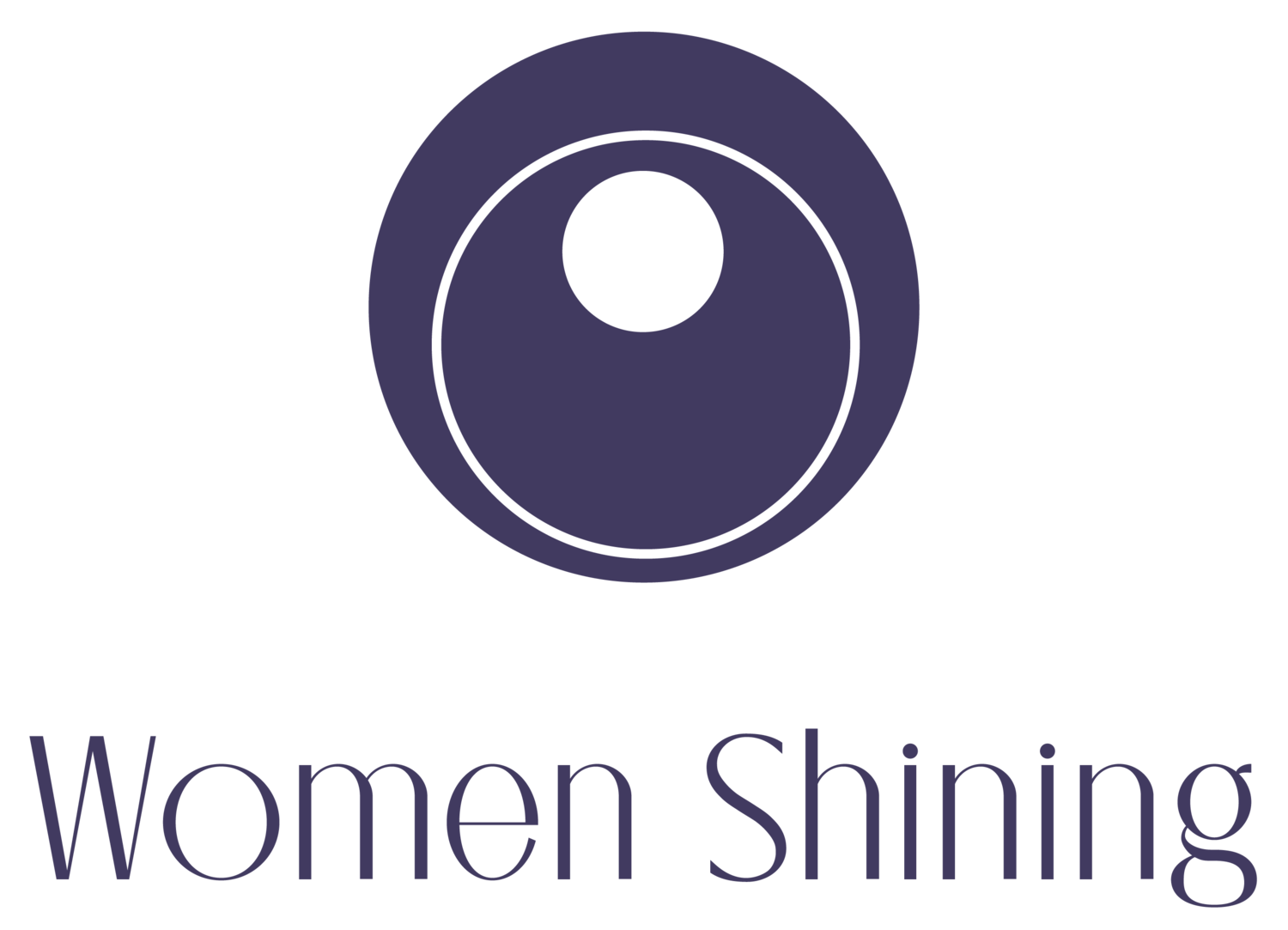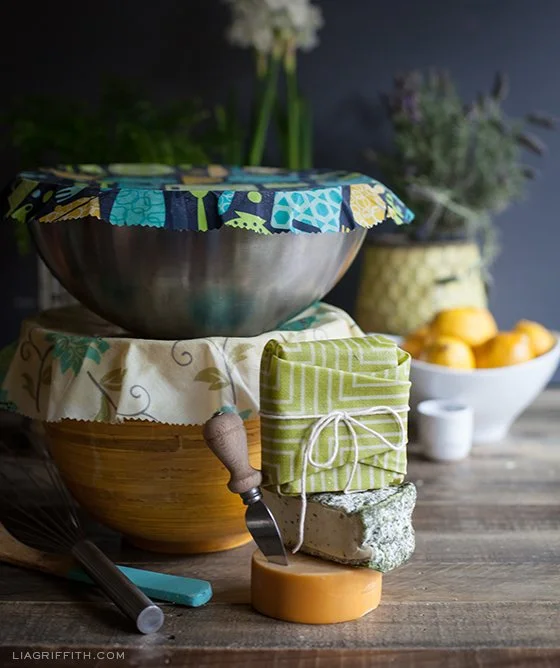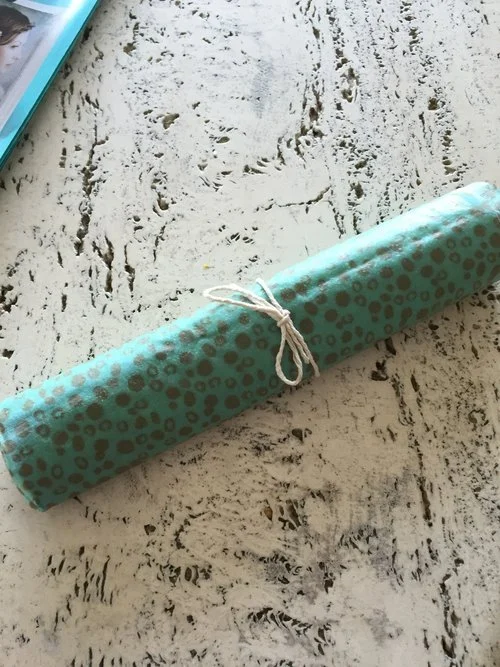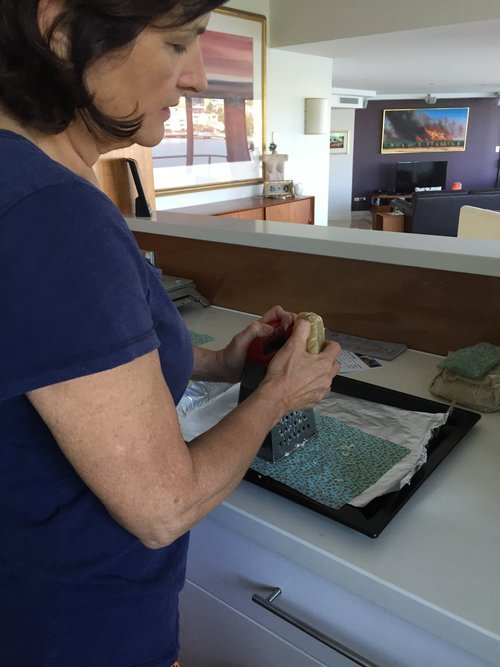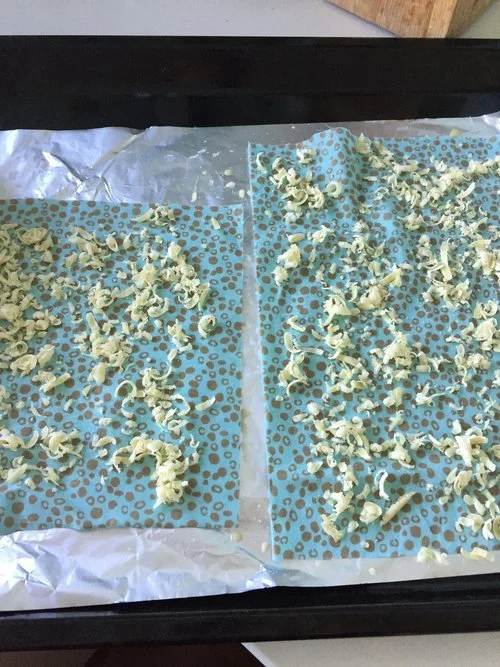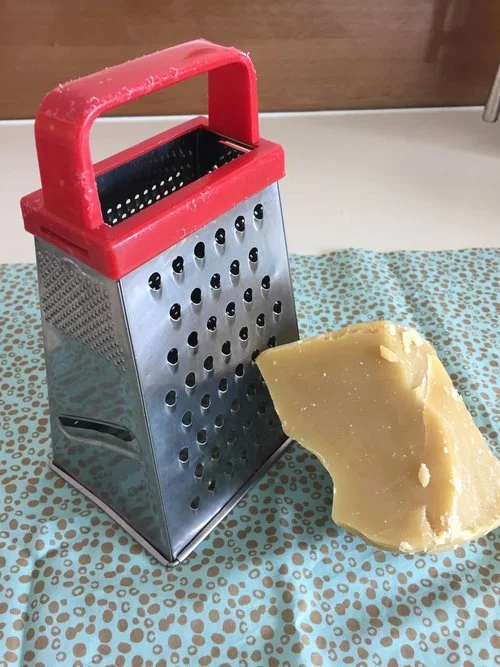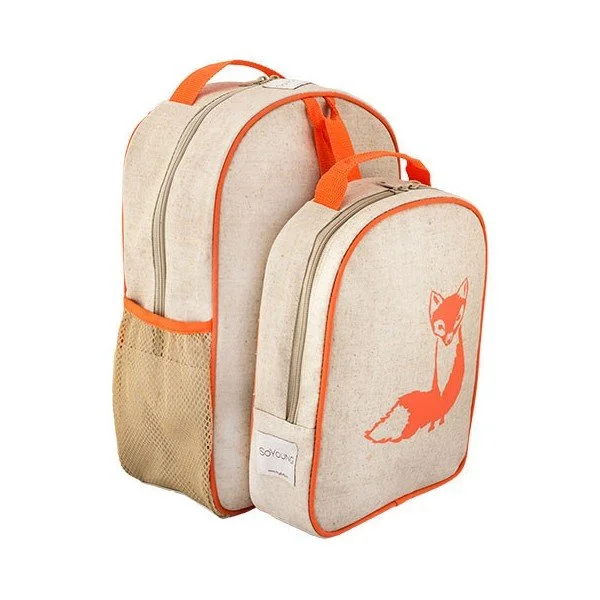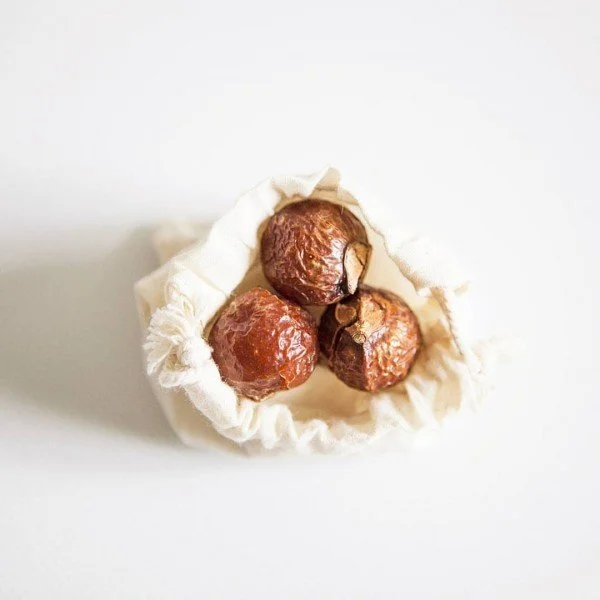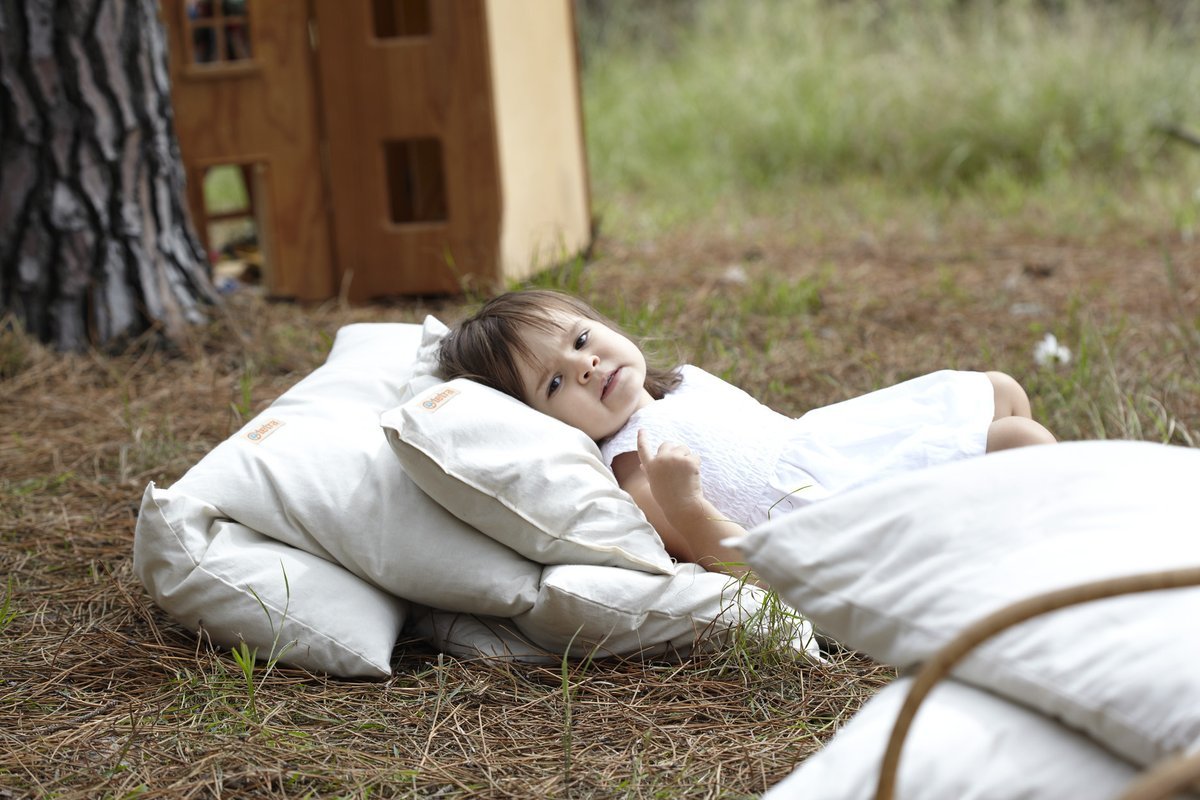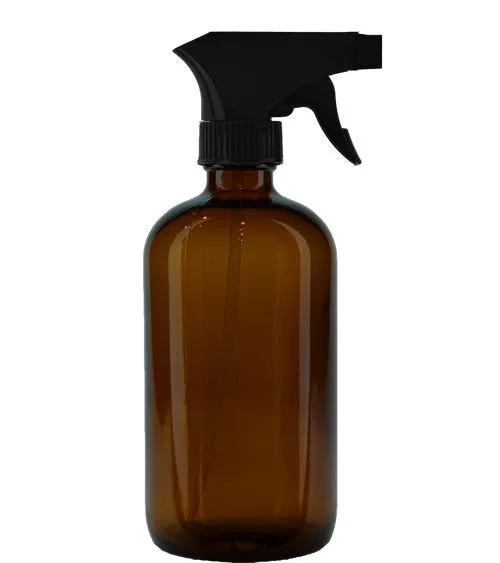5 Non-Toxic Alternatives for Families and Children
Without even being fully aware of it, we fill our homes with all manner of toxic materials because they’re so readily available on the market. In fact, it’s harder to find non-toxic materials than toxic ones in our crazy modern world. But becoming aware of the toxic chemicals we put ourselves and our children in daily contact with through our use of plastics and cleaning supplies means we can be more savvy in what we purchase and what we fill our homes with.
You may be looking for easy ways you can improve your home and health this year for your family and children. We believe these non-toxic alternatives to common household items could be just the thing you need to make a fresh start and detox your home this year, for your health, your children’s health and the health of the planet!
1. CLING FILM
Problem: We all know plastic is a nightmare for the planet, taking eons to decompose and littering the earth, sitting in landfill and our oceans in the meantime. Thinking about cling film use and how often we automatically use it to cover up a plate to pop it in the fridge or wrap a snack or sandwich for our kids to take to school in their lunchboxes, our plastic consumption through cling film is immense.
But there’s another downside to using cling film often too; the use of this flimsy piece of plastic to wrap food and cover hot plates means the potential for toxic hormone-like chemicals to leech into the food you and your family put in your bodies.
DIY REUSABLE BEES WAX WRAPS - IMAGE FROM LIAGRIFFITH.COM
Swap it for: Beeswax cloths. These handy organic cotton cloths coated in organic beeswax are better for the environment, your pocket and better for you. They're easy to make - find a DIY guide here - or find them in your local health food store. They’re reusable to begin with as you can wash them gently with gentle soap after each use and leave to dry so there’s no unnecessary waste materials or money-wise. You’re always placing organic material next to your food so there’s no risk of toxic chemicals ending up in your food and body. This is an easy swap to keep your plastic consumption down and get toxic plastics away from your food and your and your family!
Easy and fun to make! We use organic, food grade organic beewax and fine (not thick) 100% organic cotton.
2. NON-PVC BACKPACKS & LUNCHBOXES
LUNCHBOTS TRIO SILVER FROM WWW.BIOME.COM.AU
Problem: Many backpacks and school lunch boxes you’ll find in your local supermarket or stores are made from the most toxic plastic for health and the environment - PVC. PVC releases all kinds of toxic chemicals including chemicals linked to male fertility problems. Not something you want hanging around your home or your kids as they walk to school in the hot sun or open their lunch boxes in the sunny playground!
SOYOUNG TODDLER BACKPACK - LUNCH SET ORANGE FOX FROM WWW.BIOME.COM.AU
Swap it for: Backpacks made from canvas, cotton or other natural materials, unlined with plastic and lunch boxes made from stainless steel. The environment and your kids will thank you!
3. LAUNDRY DETERGENT
Problem: The chemicals found in your favorite name-brand laundry detergent might surprise you. Most people choose the laundry detergent they like to use based on the smell and how well it cleans - we know how dirty children’s clothing can get as they go about their days at school, in the classroom and on the playground! But most name-brand laundry detergents use an assortment of chemicals that have been proven toxic and carcinogenic, in particular, the synthetic fragrances found in regular laundry detergent are very toxic.
Swap it for: Soap nuts. Soap Nuts are actually berries that get a hard, nut-like coating around them as they dry out. They have incredible natural cleaning power and have been used for thousands of years as an all-natural cleaner for many things. These things are renowned for their natural ability to lift stains and remove odours from fabric. They’re 100% non-toxic, eco-friendly and biodegradable. The amazing cleaning power of soap nuts can rescue you from those toxic chemicals found in laundry detergent!
4. BEDDING
Problem: Much conventional bedding, from sheets to pillows and mattresses, is coated in toxic flame retardants. We spend about a third of our lives lying in our beds so the effects of spending so much time skin touching and soaking up these chemicals can’t be underestimated.
TETRA TEA TREE CHILDREN'S PILLOW
Swap it for: 100% cotton, flannel, linen, hemp or wool undyed sheets, cotton/wool or natural latex mattresses, natural latex, cotton, wool or tea tree flake pillows and wool or cotton duvets, organic where possible. We cool down and heat up, release water from our bodies and also absorb substances through our skin and through our lungs while we sleep. Keeping one’s bed toxin-free is important!
5. BATHROOM CLEANER
Problem: Most bathroom cleaners contain harsh chemicals to cut through the grime that builds up in our baths but what about the remnants of these chemicals that inevitably remain on the surface of your bath as your kids splash about in the tub daily? The skin is the largest organ of the body and to think we bathe our skin in water that could be tainted with unhealthy chemicals, soaking up these toxins is not a nice thought.
Swap it for: A mixture of organic bicarb soda and vinegar. In my bathroom, I like to have a spray bottle of vinegar and a shaker of bicarb soda on hand to clean my bath down when it gets a bit grubby. Simply spray the vinegar all over the surface of the bath and then sprinkle the bicarb soda around liberally. The grains of the soda give the vinegar something texturised to scrub grime and anything else away, and the combination of the two ingredients creates a slight foaming action too which helps with cleaning. No nasty chemical residue at the end of this cleaning session!
